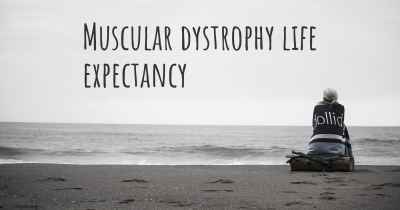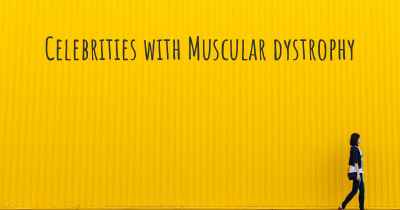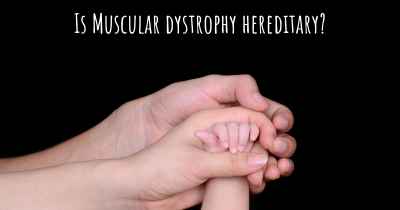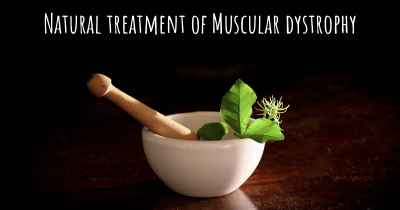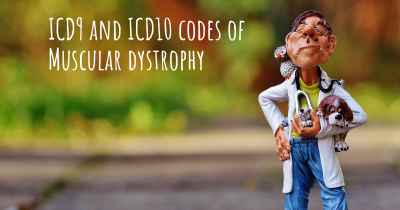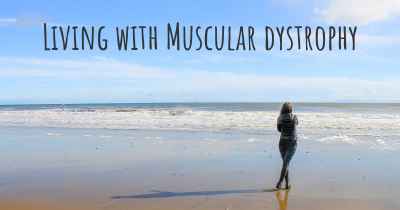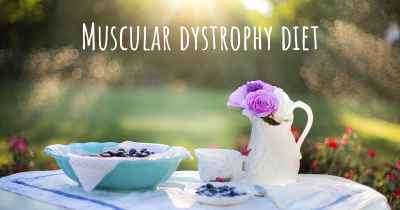Is it advisable to do exercise when affected by Muscular dystrophy? Which activities would you suggest and how intense should they be?
See if it is advisable for people with Muscular dystrophy to practice sports and which ones are the most recommended if you have Muscular dystrophy
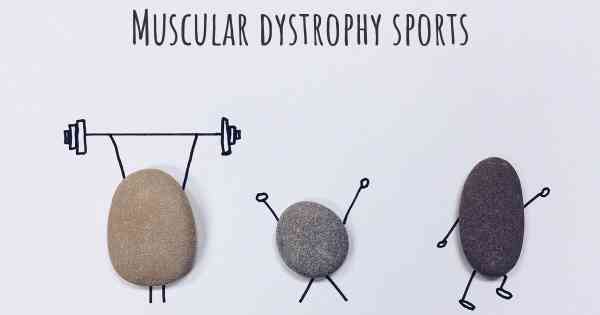
Is it advisable to do exercise when affected by Muscular dystrophy?
Muscular dystrophy is a group of genetic disorders characterized by progressive muscle weakness and degeneration. Given the nature of the condition, it is important to approach exercise with caution and seek guidance from healthcare professionals. While exercise may not reverse the effects of muscular dystrophy, it can have several benefits for individuals affected by the condition.
Benefits of Exercise for Muscular Dystrophy
Engaging in appropriate exercise can help individuals with muscular dystrophy maintain their overall health and well-being. Some potential benefits include:
- Improved muscle strength: Certain exercises can help maintain and strengthen the muscles that are still functional, potentially improving overall muscle strength.
- Better cardiovascular health: Cardiovascular exercises, such as swimming or stationary cycling, can help improve heart and lung function, enhancing overall cardiovascular health.
- Enhanced flexibility: Stretching exercises can help improve flexibility and range of motion, reducing the risk of joint contractures and improving overall mobility.
- Improved mood and mental well-being: Regular exercise has been shown to release endorphins, which can help improve mood and reduce feelings of anxiety or depression.
Types of Exercise for Muscular Dystrophy
When considering exercise for individuals with muscular dystrophy, it is crucial to focus on activities that are safe and appropriate for their specific condition. Here are some recommended types of exercise:
- Low-impact aerobic exercises: Activities such as swimming, water aerobics, or using a stationary bike can provide cardiovascular benefits without putting excessive strain on the muscles.
- Resistance training: Light resistance exercises using bands or light weights can help maintain muscle strength. It is important to start with low resistance and gradually increase as tolerated.
- Stretching and flexibility exercises: Gentle stretching exercises can help maintain flexibility and range of motion. These should be done with caution and under the guidance of a healthcare professional.
- Balance and coordination exercises: Activities that focus on balance and coordination, such as yoga or tai chi, can help improve stability and reduce the risk of falls.
Intensity and Safety Considerations
The intensity of exercise for individuals with muscular dystrophy should be carefully monitored to prevent overexertion and muscle damage. Here are some important considerations:
- Consult with healthcare professionals: Before starting any exercise program, it is crucial to consult with healthcare professionals familiar with muscular dystrophy. They can provide personalized recommendations based on the individual's specific condition and needs.
- Start slowly and progress gradually: It is important to start with low-intensity exercises and gradually increase the duration and intensity as tolerated. Pushing too hard can lead to muscle damage or increased weakness.
- Listen to your body: Individuals with muscular dystrophy should pay close attention to their body's signals. If an exercise causes excessive fatigue, pain, or discomfort, it should be modified or discontinued.
- Use assistive devices if needed: Depending on the severity of the condition, individuals may require assistive devices such as braces, walkers, or wheelchairs to support their exercise routine and ensure safety.
- Supervision and support: Having a trained professional or a knowledgeable exercise partner present during exercise sessions can provide additional safety and support.
Conclusion
While exercise can offer several benefits for individuals with muscular dystrophy, it is crucial to approach it with caution and seek guidance from healthcare professionals. The recommended exercises should focus on maintaining overall health, improving muscle strength, cardiovascular function, flexibility, and mental well-being. By following appropriate safety measures and considering individual limitations, individuals with muscular dystrophy can incorporate exercise into their routine to enhance their quality of life.
